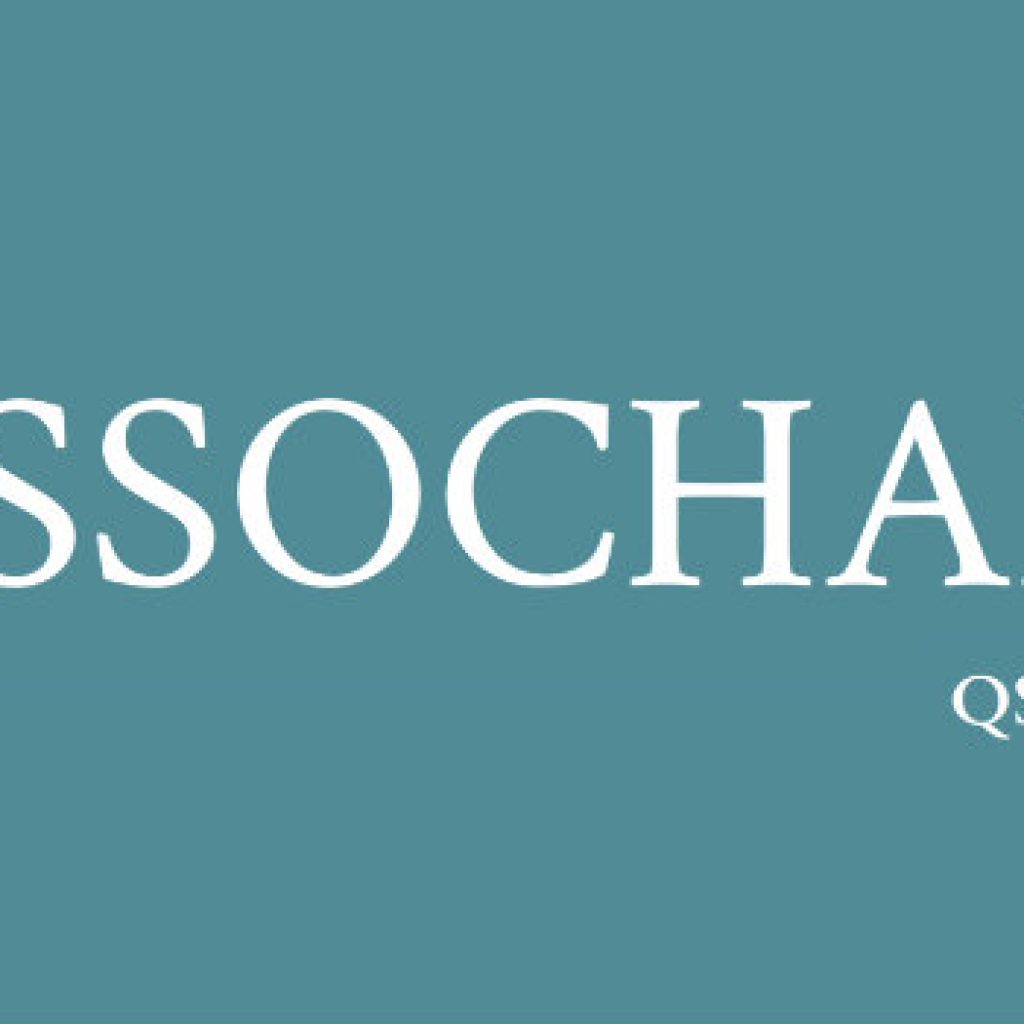
The quick service restaurants (QSR) sector in India is currently growing at a compounded annual growth rate (CAGR) of 25 percent and is likely to touch Rs 25,000 crore mark by 2020 from the current level of Rs 8,500, according to an analysis by apex industry body

“Entry of various national and international players in the QSR space has significantly widened the chain market due to fast-expanding middle class, urbanization, youth spending, nuclear families and better logistics,” according to the sector-specific analysis conducted by The Associated Chambers of Commerce and Industry of India (ASSOCHAM).
“About 50 percent of India’s population eats out at least once in every three months and eight times in every month in bustling metros as compared to the US (14 times), Brazil (11 times), Thailand (10 times) and China (9 times),” said D.S. Rawat, secretary general of ASSOCHAM while releasing the chamber’s analysis.”
The fast food or QSR, format took off in India about 19 years ago with the arrival of McDonald’s in 1996. Many global brands followed the suit since then, either through company-owned stores or the franchise model, or a mix of both.
The chain space is marked by the presence of more than 120 brands with more than 4000 outlets spread across various cities in India.
To withstand the competition, most of the players are tailoring their offerings in terms of flavors, pricing, services etc. to meet Indian consumers’ inclinations.
In terms of menu, Indian QSRs like Haldiram’s, Bikanervala etc. have a skew towards vegetarian food in contrast to which international players like McDonalds, Dominos, KFC, Subway etc. offer a mix of both vegetarian and non-vegetarian offerings. Even Mayonnaise in Indian McDonald outlets is free from eggs.
By 2020 it is expected that 35% of India’s population will be in urban areas by 2020 totaling to 52 crores compared to the current urban population of 34 crores.
